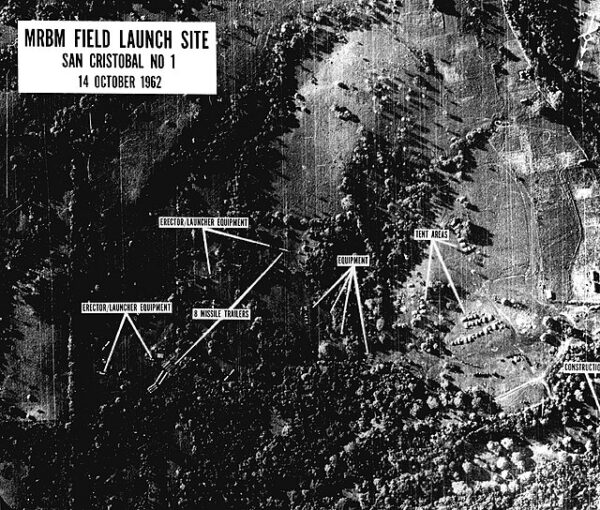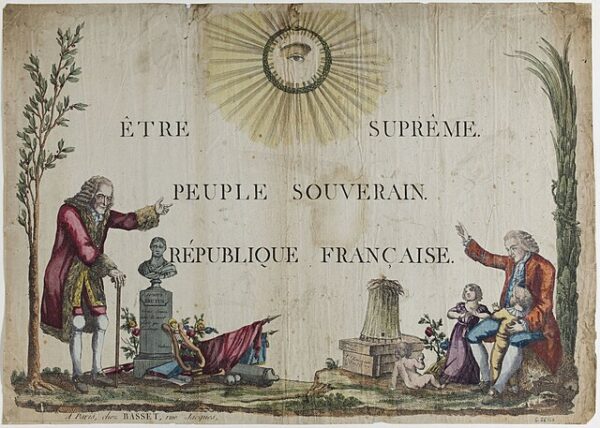The Cuban Missile Crisis of 1962 served as one of the most dangerous episodes in the history of the Cold War. It was a critical moment in which the United States and the Soviet Union teetered on the brink of nuclear war. The crisis began when American U-2 reconnaissance planes discovered that the Soviet Union was secretly deploying nuclear missiles in Cuba, just a stone’s throw away from the United States. This revelation sent shockwaves through the world and escalated Cold War tensions to a breaking point.
On October 25, 1962, the crisis took a dramatic turn when Adlai Stevenson, the U.S. Ambassador to the United Nations, addressed the UN Security Council. He presented photographic evidence of the missile sites in Cuba. These images, captured by U-2 spy planes, left little room for doubt about the Soviet presence. Stevenson’s eloquent and forceful presentation not only shocked the world but also put the Soviet Union on the defensive. The photos of the missile sites were a powerful testament to the gravity of the situation, solidifying international consensus against the Soviet actions.
The Cuban Missile Crisis was a culmination of years of hostilities between the United States and the Soviet Union. The images presented by Stevenson were a tangible manifestation of the threat posed by these nuclear missiles, with their range extending across much of the continental United States. The world watched in anxious anticipation, as both superpowers engaged in a high-stakes standoff, and the specter of nuclear war loomed ominously.
During this tense period, President John F. Kennedy and his advisers navigated a precarious diplomatic tightrope. They implemented a naval blockade of Cuba to prevent further missile deliveries, which was a risky move. Yet, it demonstrated the United States’ resolve in defending its interests and the Western Hemisphere from Soviet encroachment. In response, the Soviets initially denied the presence of missiles in Cuba, but Stevenson’s presentation left them with no plausible deniability. It was a turning point that forced Soviet Premier Nikita Khrushchev to reconsider his options.
Ultimately, the Cuban Missile Crisis was defused through diplomatic negotiations, with both superpowers agreeing to a secret deal. The United States pledged not to invade Cuba, and the Soviet Union agreed to dismantle and withdraw the missiles. Stevenson’s presentation to the United Nations on that fateful day played a crucial role in clarifying the stakes and rallying international support for a peaceful resolution. The crisis underscored the dire consequences of nuclear brinkmanship, leaving a lasting legacy of caution in the annals of Cold War history.






